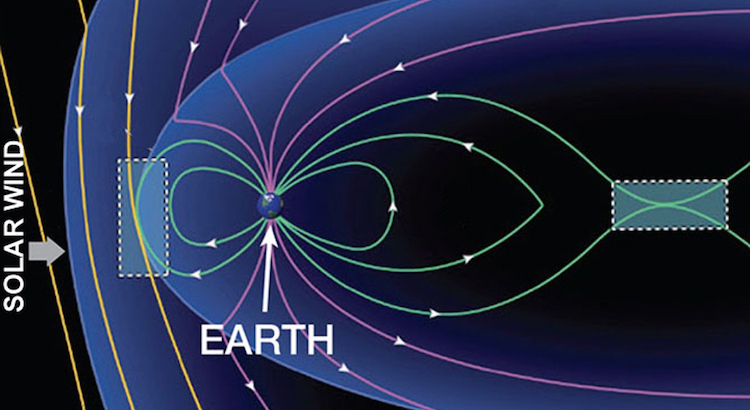Research Projects
For the most up to date publications, see my Google Scholar
Contents:
Metabolomics

My published research is primarily in the field of metabolomics. Metabolomics is the large-scale study of small organic molecules (metabolites) within an organism, tissue, or cell. Metabolites are defined as molecules that are less than 1,500 Daltons (or atomic mass units; 1 Dalton ≈ 1 hydrogen atom in mass). Identification of metabolites in an organism, tissue, or cell is typically performed via mass spectrometry (MS) or nuclear magnetic resonance (NMR), after processing a tissue or blood sample. Both methods return a spectra of peaks that are cross referenced with databases matching spectra to metabolites. Characterization of these spectra and metabolites has been an on-going process for the past fifteen years. Similar to the human genome project, the human metabolome project began characterizing human metabolites in 2007. Initially, around 3,000 metabolites were identified in the human body; however, that number has risen substantially to 114,000 in 2018. This number is expected to continue to grow as methods of identification (MS/NMR) become more precise.
Some examples of metabolites include amino acids, sugars, fatty acids, lipids, and more. Metabolomics is closely related to other types of “omics” techniques such as genomics, transcriptomics, and proteomics. For context, genomics is the large-scale study of genes, transcriptomics is the large-scale study of mRNA, and proteomics is the large-scale study of proteins. Metabolomics is a more powerful approach compared to these methods because metabolites and their concentrations are a direct reflection of the biochemical activity and state of a cell, tissue, or organism, thus revealing a phenotypic state. This state is affected by internal mechanisms (genes, mRNA, and proteins) in addition to the external environment. In other words, metabolomics is a direct representation of what is currently occurring in a cell, tissue, or organism.
For example, Glucose levels in the blood are affected by the external environment via an organism’s sugar intake from food. Internally, they’re affected by how much insulin (which causes re-uptake of glucose into cells) the pancreas produces, which is controlled by a variety of genes, mRNA, and proteins. In diabetes, the knowledge of these metabolic interactions are taken advantage of by having a patient inject insulin to change the state of the metabolite glucose. With this in mind, metabolomics can offer insight to diagnose (by identifying significant metabolites and pathways) and treat diseases (by further studies to mediate such changes in the metabolome). Thus, metabalomics has vast potential for the biological and medical communities.
AKI and the effect on the heart
Presentation: The heart after AKI looks like it had an MI (and, how to use and interpret metabolomics data)
Masters Project
Paper (not published): Metabolomics Techniques and Assessment of Acute Kidney Injury on Distant Organ Function
Physics Research
Back at my undergraduate institution (Pepperdine University), I was involved in physics research looking for signs of magnetic reconnection in the dayside aurora borealis.
Magnetic reconnection refers to the breaking and reconnecting of anti-parallel magnetic field lines. In the process, magnetic field energy is converted to kinetic and thermal energy in what is known as a flux transfer event (FTE). This occurs throughout the solar system. Near Earth, the interplanetary magentic field (IMF) and Earth’s magnetic field often interact on the dayside magnetopause causing reconnection, as seen below:

Poleward Moving Auroral Forms (PMAFs)
PMAFs are rayed arcs or bands that are formed in the dayside auroral oval. They break away from the oval and drift into the polar cap. PMAFs are classified according to their brightening characteristics and motion. Currently, there are three types of PMAFs, types 1, 2, and 3. It is thought that PMAFs are indications of flux transfer events occuring in the dayside magnetopause.
Approximately, 15% of the PMAFs observed are PMAF1 events, 84% are PMAF2 events, and 1% are PMAF3 events. On average, PMAFs can be seen in the dayside aurora for 5 minutes.
PMAFs are highly depending on the orientation of the interplanetary magnetic field. When the IMF is facing southward (southward meaning the IMF Bz component is anti-parallel with Earth’s magnetic field), PMAFs are often recurrent with a periodicity of every 5 to 15 minutes.
Longyearbyen, Norway
Aurora research occurs close to the poles of Earth. In 2016, I traveled to Longyearbyen, Norway to collect aurora borealis and PMAF data (in the form of all sky camera and meridian scanning photometer data) from the Kjell Henriksen Observatory. Longyearbyen is awesome, and for those that don’t know, it is the world’s northern most town at 78 degrees. It is about 650 miles from the north pole and it a prime location for arctic and geophysical research. Check it out:
View Larger Map
American Geophysical Union Conferences
We presented two posters at the American Geophysical Union Fall conferences in 2015 and 2016.
2015: A Study of the Different Classes of Poleward Moving Auroral Forms
2016: The Brightening History of Poleward Moving Auroral Forms
Other Research
I have done a few other published and non-published projects that you can find elsewhere. My favorites are:
-
Early peritoneal dialysis reduces lung inflammation in mice with ischemic acute kidney injury
-
Female Forward Together - Analysis on Menstrual Attitudes and Experiences